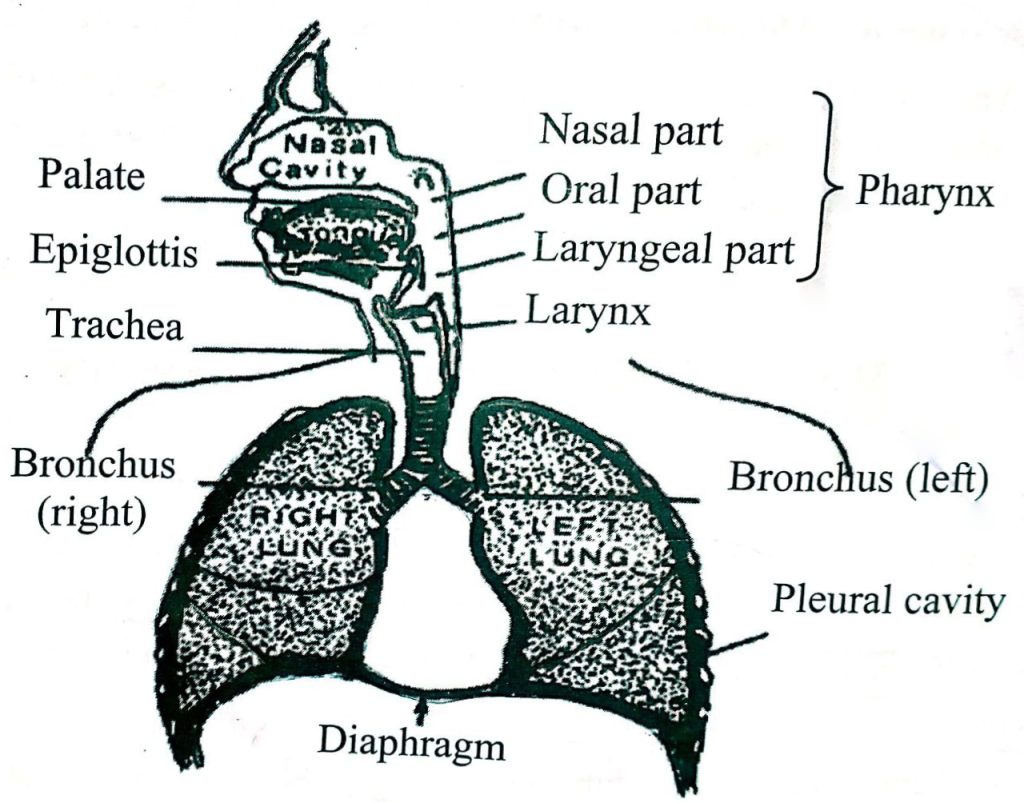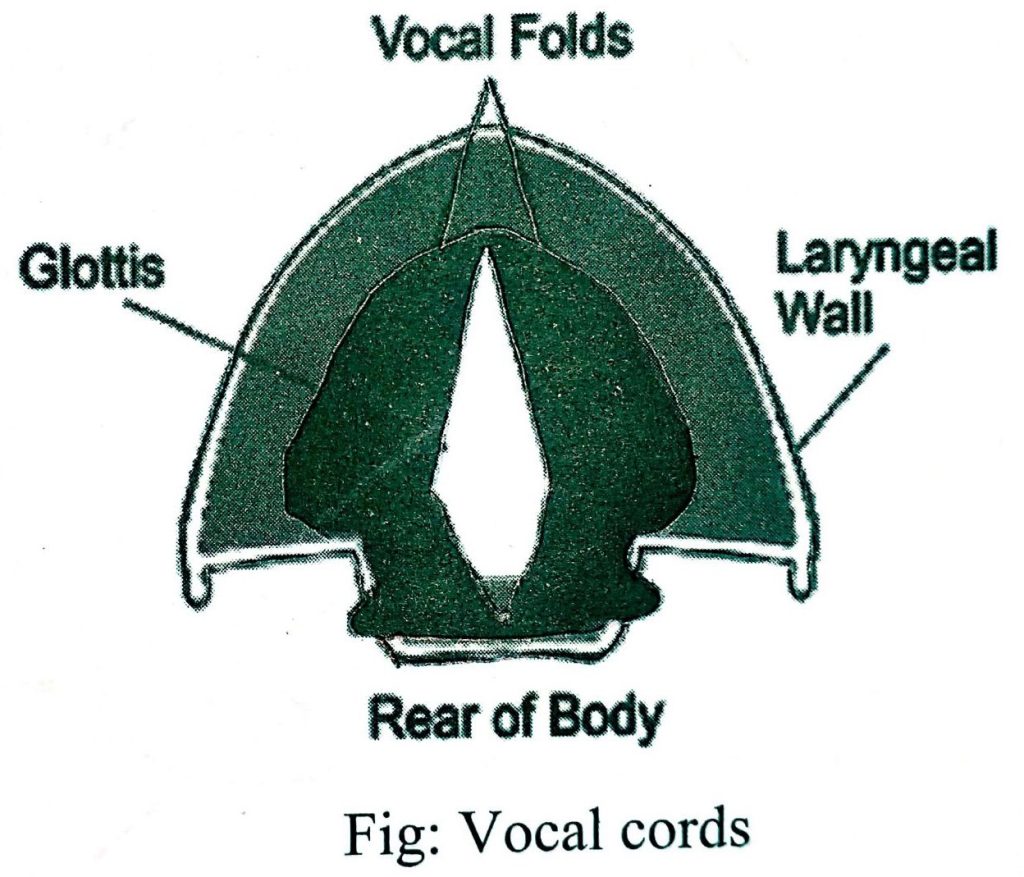Answer:
Phonetics is a level of linguistics that scientifically studies, analyzes and interprets the physical, psychological and physiological aspects and behaviours of speech sounds. It deals with three main interrelated yet distinct factors of speech sounds. These are the production, description, and representation of speech sounds. Speech sounds are produced by a pulmonic egressive airstream mechanism from the lungs. According to famous phonetician Peter Ladefoged,
“The first job of a phonetician is, therefore, to try to
find out what people are doing when they are talking.”
The study of phonetics is around three basic points of view —
- Production of particular speech sounds in the vocal organs
- Physical properties of the speech sounds
- Effect on the listener’s ear and auditory ability.
Branches of phonetics:
There are three branches of phonetics. Those are given below —
- Articulatory phonetics – Production
- Acoustic phonetics – Transmission
- Auditory phonetics – Perception
These three branches cover the study of speech sounds on the basis of concrete and objective observation as well as scientific analysis. Let us now have more ideas of the scope and functions of these branches.
1. Articulatory phonetics is the study of speech sound production. It focuses on the use of various speech organs, such as lips, teeth, tongue, alveolar ridge, hard and soft palate, nasal passage, glottal folds, and lungs, to create speech sounds. These articulators operate differently to produce the diverse range of sounds we use in everyday communication. This branch of phonetics analyzes the movement and interaction of these speech organs in forming sounds, leading to a classification of sounds found in different languages. In essence, articulatory phonetics explores how speech sounds are shaped by articulators.
In articulatory phonetics, Three of the main organs and their functions are described below:
Lungs: The lungs, bladder-like spongy organs comprising alveoli, are located on each side of the chest.

As we inhale, air travels through the trachea into the lungs and trachea also known as the bronchial tube. Muscles within the lungs expand and contract via ingression or egression of air. This process is termed the pulmonic airstream mechanism. Speech sounds are produced by an aggressive air stream mechanism. In contrast, the inward ingressive airstream mechanism typically generates non-linguistic sounds like yawns, snores, clicks, etc.
Larynx:

The larynx, positioned just behind the Adam’s apple, serves as the central sound box. It contains the vocal cords, which are held together in a structure known as arytenoid cartilages.
Pharynx: The pharynx contains both active and passive articulators and is a tubular structure that bifurcates into the oral and nasal cavities. The vocal tract is divided by its openings into the oral and nasal cavities. It extends from the pharynx to the mouth and nose. The control of opening and closing the oral cavity is managed by the movement of the velum or soft palate. The entire region from the pharynx to the mouth and the nose is called the vocal tract. Pharynx can be divided in terms of oral and nasal cavity.
2. Acoustic phonetics focuses on the journey of speech sounds from speaker to listener through the air.

This branch of phonetics analyzes the physical properties like frequency, amplitude, and harmonic structure of sound waves produced during speech. It emphasizes the interconnected nature of speech sounds, studying how they’re transmitted through the channel of air. Acoustic phonetics employs computer analysis to depict and understand sound waves in-depth.
3. Auditory phonetics: This branch of phonetics deals with how the listener receives and realizes speech sounds. It analyzes the process of perceiving speech sounds articulated by speakers and transmitted through the air. This involves the use of ears, auditory nerves, and the brain for reception and perception. This branch of phonetics delves into both the physical and psychological aspects of speech sounds, analyzing qualities like quality, pitch, length, and loudness. It studies the intricate process of sound reception and perception, which includes the role of the auditory system and the brain in categorizing and recognizing speech sounds. The transmission of sound from the ear to the brain and its subsequent processing are central topics in auditory phonetics.